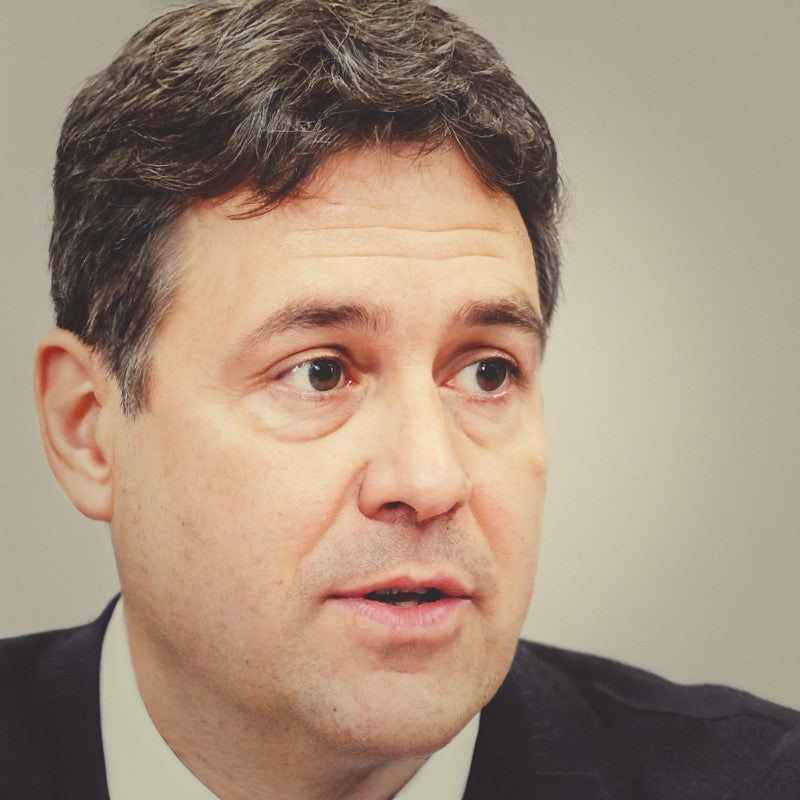Hello and welcome! If you're here, you're probably gearing up for a Civil Service interview at the Grade 7 level. Fantastic choice—these roles are pivotal in shaping policies and driving change. In this post, we'll dive into Communicating & Influencing behavior, which is key to excelling in Grade 7 positions. By the end, you'll feel more confident in preparing for the interview and ready to showcase your skills effectively.
Let’s jump right in and get you prepared to ace that interview! 🎯
What is Communicating & Influencing at Grade 7?
Communicating & Influencing involves making sure your ideas are heard, understood, and acted upon, while also understanding others' viewpoints and finding common ground. At Grade 7, this behavior is about balancing authority with diplomacy. You're expected to lead with clarity, manage complex stakeholder relationships, and tailor your communication style to different audiences.
How It Differs at Grade 7
At more junior levels, the emphasis might be on clear, effective communication and building basic relationships. At Grade 7, it’s about:
✨ Influencing high-level decision-makers
✨ Managing difficult or conflicting views
✨ Persuading others to follow your lead on larger projects
You're not just communicating; you're shaping the narrative, fostering collaboration, and strategically influencing outcomes.
Answering Communicating & Influencing Questions with the B-STAR Method
To structure your answers in a compelling way, use the B-STAR method. It will help you deliver clear, impactful responses that demonstrate this behavior.
B – Belief: What were your core values or beliefs in this situation?
S – Situation: Set the context. What was happening?
T – Task: What was your responsibility?
A – Action: What did you do to address the situation?
R – Result: What was the outcome?
Example Walkthrough
B: “I strongly believe in open, transparent communication, especially when managing cross-functional teams.”
S: “In my previous role, I was tasked with leading a project where two departments had conflicting priorities.”
T: “My job was to align both teams toward a common goal without sacrificing either department’s objectives.”
A: “I facilitated a series of meetings, making sure each side felt heard and ensuring we mapped out a shared solution.”
R: “Ultimately, we delivered the project two weeks ahead of schedule, with both teams reporting higher levels of satisfaction.”
By walking through B-STAR, you’ll highlight both the beliefs that drive your behavior and the actions that lead to real results.
Common Communicating & Influencing Interview Questions
❓ Tell us about a time when you had to influence a senior stakeholder.
❓ How have you managed difficult conversations with colleagues or partners?
❓ Describe a situation where you had to communicate a complex issue to a non-technical audience.
❓ When did you last have to persuade someone to change their viewpoint?
👉 Click here to see more… https://interviewdetectives.com/products/grade-6-7-civil-service-behaviours-interview-questions-and-answers
What the Interviewer is Looking For
When interviewers ask about Communicating & Influencing, they're looking for evidence of:
💬 Clear, structured communication: Are you able to get your point across concisely?
🧠 Strategic thinking: Can you tailor your message to different audiences?
🎯 Influence: How effectively do you bring others around to your point of view?
🌐 Collaboration: Are you fostering an environment of understanding and shared goals?
Breaking It Down
"Tell us about a time when you had to influence a senior stakeholder."
What they’re looking for: The interviewer wants to see how you can navigate senior-level conversations. Do you adapt your communication style? Can you present your case persuasively while respecting authority?
"How have you managed difficult conversations with colleagues or partners?"
What they’re looking for: They need to see your conflict-resolution skills. Are you assertive but fair? Do you listen actively and propose solutions that work for everyone?
"Describe a situation where you had to communicate a complex issue to a non-technical audience."
What they’re looking for: They want to see if you can break down complicated ideas in a simple way. How well do you adjust your language and approach depending on your audience’s needs?
Ideas for Real-Life Scenarios
💡 Leading cross-department projects where you had to manage conflicting priorities
💡 Presenting to a board or senior team about a challenging or sensitive issue
💡 Negotiating with external partners during a high-stakes collaboration
💡 Mediating between two teams with different objectives to reach a shared outcome
Common Mistakes to Avoid
🚫 Talking in circles: Stay focused. Rambling will weaken your answer.
🚫 Failing to tailor your communication style: Show that you can adapt to different audiences.
🚫 Overlooking the "influencing" aspect: This isn't just about talking—it's about persuading and finding common ground.
🚫 Ignoring your core beliefs: What’s driving your approach? Don’t forget to bring your principles into your answer.
🚫 Focusing too much on the outcome, not the process: The "how" is just as important as the "what."
Key Takeaways for Grade 7 Communicating & Influencing
⭐ At Grade 7, it's all about balancing authority with collaboration. You're expected to lead, influence, and communicate across various levels, from your team to senior stakeholders.
⭐ Use the B-STAR method to structure your answers, always anchoring them in your core beliefs.
⭐ Be prepared to show you can manage difficult conversations and communicate complex information simply.
⭐ Interviewers want to see both clarity and influence—you need to prove you can guide others toward the right decisions.
Good luck, you've got this! 🎉


